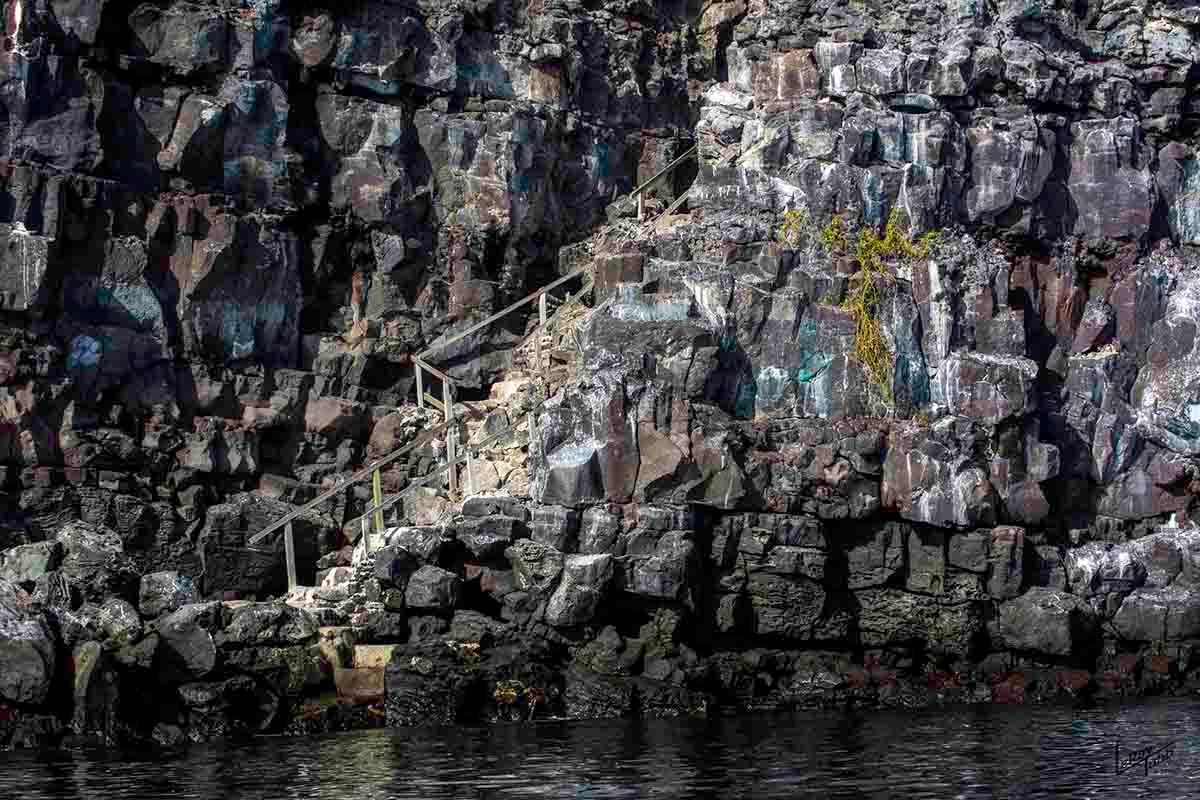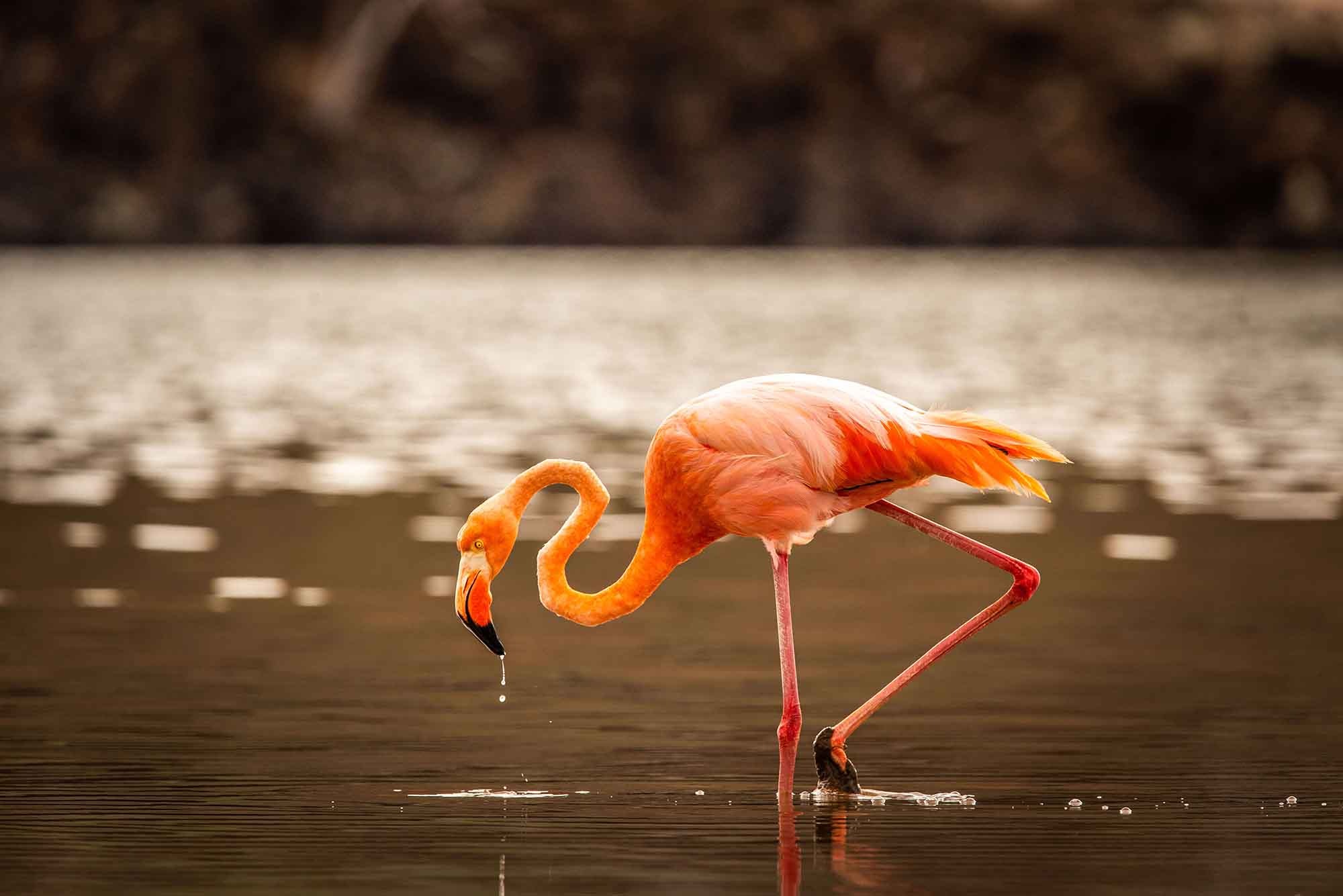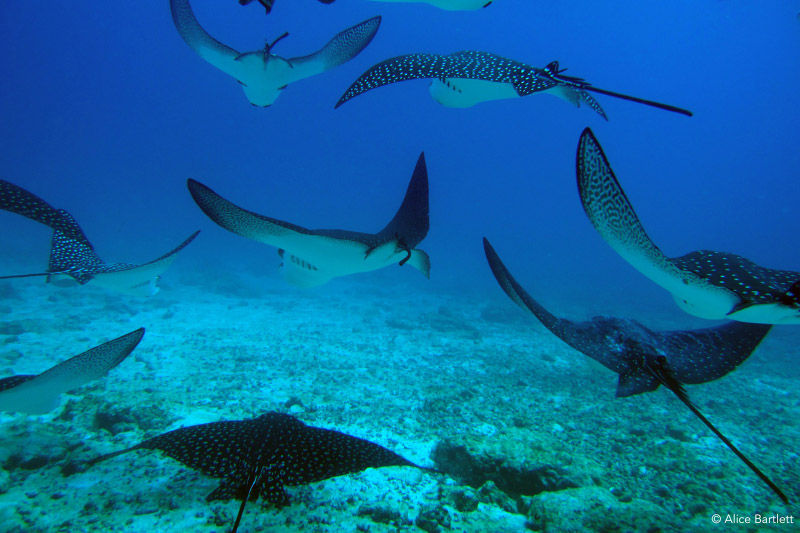The island Baltra is the only island of all Galapagos, not included in its totality in the National Park Area. The Americans built the airport of Baltra in 1941-1948, using it as their air force base in the Pacific during the Second World War. The airport and harbor are now Ecuadorian military territory. Unfortunately, both of the military presences have left back their traces.
The flight from Guayaquil to Galapagos takes about 90 minutes. Arriving on the airport, the visitors have first to pay the entrance fee of US$ 100 for the National park. Leaving the arrival hall, the National Park Guide of the is waiting for you and accompanies the whole group to the harbor of Baltra, where your “Yacht Angelito I” is anchored. The cruise can begin!
North Seymour: It’s a flat uplifted island in the “rain shadow” of the island Santa Cruz and for this reason, with dry vegetation of the Arid Zone. Loop trail. The dry landing on a landing peer is often somewhat difficult depending of the swell. The arrival on the rocky coast is full of surprises with the sea lions, swallow-tailed gulls, sally lightfoot crabs and marine iguanas. The trail leads through the nesting area of colonies of blue-footed boobies and frigate bird.



